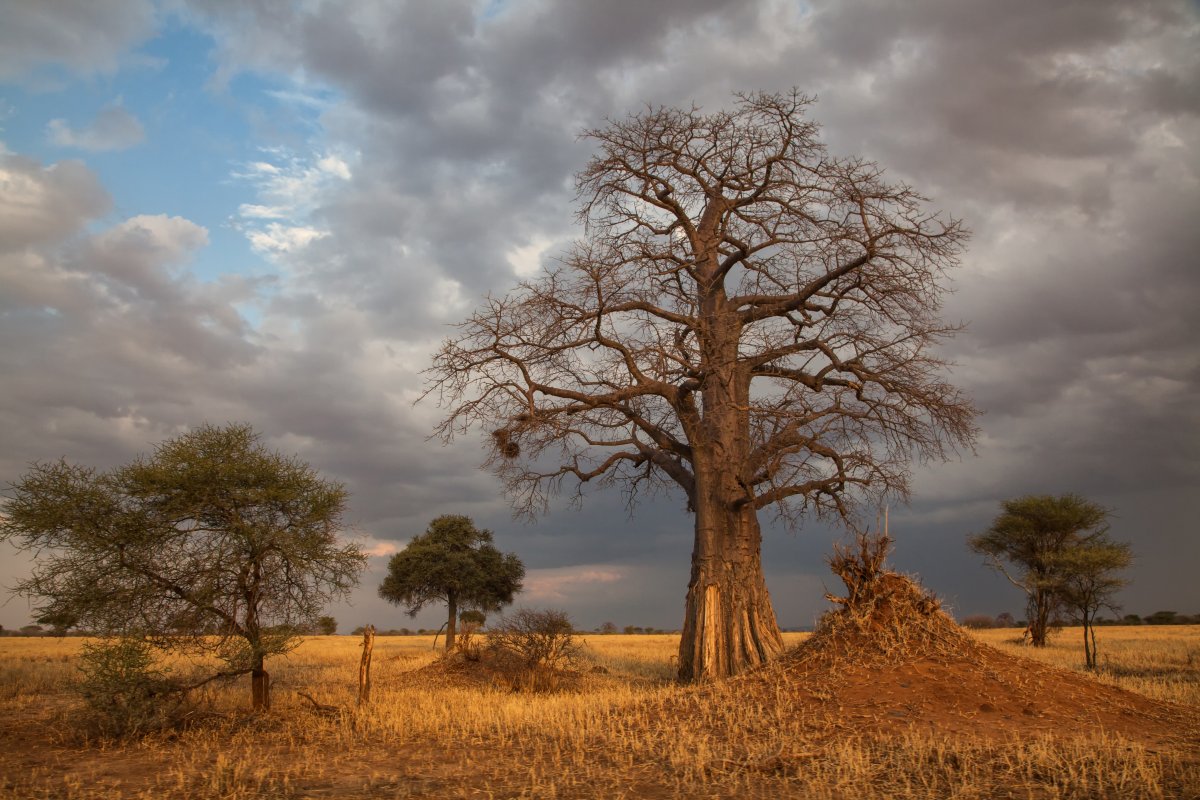Some of Africa’s oldest and biggest trees are dying, and although climate change may be the culprit, scientists are still uncertain why.

Africa’s baobab trees usually live to be anywhere from 1,100 to 2,500 years and in some cases grow as wide as the length of a bus. But over the past decade, an exceptional number of these trees have died, according to a study published Monday.
Researchers found that nine of the oldest 13 baobab trees and five of the six biggest ones have partially or completely died in the past 12 years.
Some of the trees, located in Zimbabwe, Namibia, South Africa, Botswana and Zambia, are so old they date back to the times of the ancient Greeks.
The baobab trees, which have wide trunks and gnarled tree branches, are known as the “tree of life” because of their ability to produce nutrient-rich fruit, even during the harsh dry seasons.
“The deaths of the majority of the oldest and largest African baobabs over the past 12 years is an event of an unprecedented magnitude,” the authors wrote.
The Panke Baobab in Zimbabwe was estimated to be around 2,500 years old, which was the oldest on record before it died in 2010 and 2011, the study said.
It’s still unclear what is driving the baobab deaths. The authors believe that climate change is the culprit, but say further research is necessary.
WATCH: Climate change to blame for drought, food security in Africa
“It is definitely shocking and dramatic to experience during our lifetime the demise of so many trees with millennial ages,” co-author Adrian Patrut of Babeș-Bolyai University in Romania told AFP.
David Baum, a botanist at the University of Wisconsin-Madison, disagreed with the outcome of the study. He told the Los Angeles Times that the authors don’t provide an actual rate of death for the trees. Therefore, it’s difficult to say whether the death for large baobab trees has actually increased in the past decade, he said.
- Enter at your own risk: New home security camera aims paintballs at intruders
- Boston Dynamics unveils ‘creepy’ new fully electric humanoid robot
- Ontario First Nation calls for chemical plant to be shut down amid ‘dangerously high’ benzene levels
- Nova Scotia scraps spring bear hunt idea, public ‘very divided’ on issue





Comments